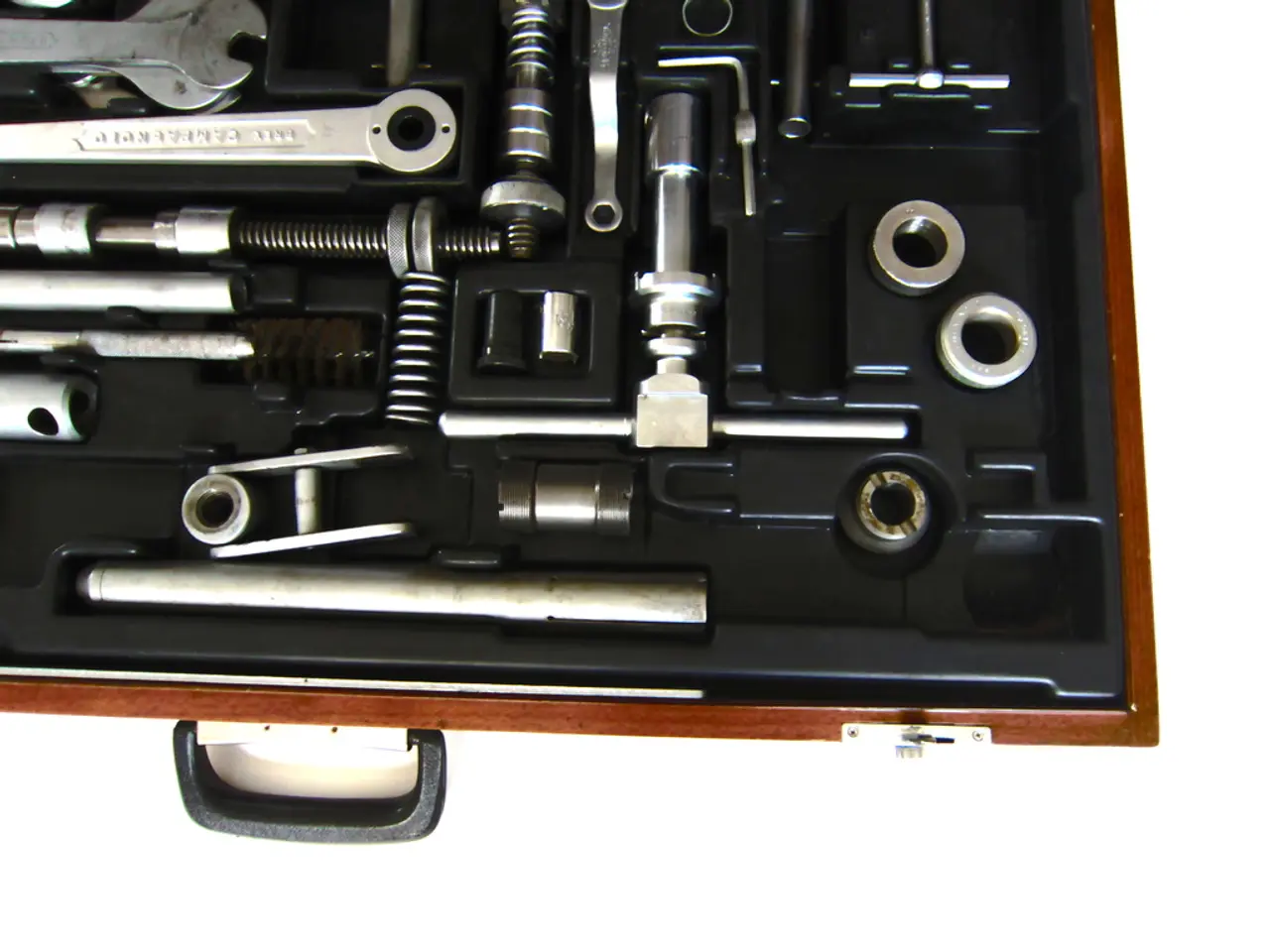Linux File Management Exploration
Understanding the Linux File System
In the world of Unix-like operating systems, everything is represented as a file, but each type serves a unique role in the file system hierarchy and system operation. Here's a breakdown of the three main types of files in Linux:
- Regular Files: These are the most common type of files, storing user data such as text, executable programs, images, or any binary data. They contain raw data and are represented as a stream of bytes. The common file type in Linux is known as Regular Files, and they include text files, images, binary files, etc.
- Directories: These special types of files serve as containers to organize other files and directories in a hierarchical structure. They store metadata and pointers (file names and references) to the files and subdirectories they contain. Directories, referred to as folders in Windows, store the list of file names and related information in the Linux/UNIX system.
- Special Files: These files provide interfaces to hardware devices or system resources rather than data storage. They do not contain user data but allow software to interact with devices such as disks, terminals, or printers. Special files are often categorized as:
- Character device files: Represent devices that handle data character by character (e.g., keyboards, serial ports).
- Block device files: Represent devices that handle data in blocks (e.g., hard drives).
Navigating and managing files in Linux is made easy with several commands:
- ls: Use this command to list files in a directory.
- cat: This command is used to display the contents of a file.
- touch: Create new files using this command.
- mv: This versatile command can be used to move or rename a file, or even delete a file by specifying the destination as .
- rm: This command is used to delete a file permanently. However, the command can also be used for deletion as an alternative, with the destination being .
- mkdir: Create new directories using this command.
It's important to note that is a pre-existing file in the Linux file system, and it discards all data written to it.
In the Linux file system, you'll find essential files and directories such as:
- /bin: Contains Essential User Binaries.
- /boot: Stores Static Boot Files.
- /: The root directory, which is the base of the system.
- /home/: The default location for user's home directories.
Files can be copied in Linux using various methods, but the command is commonly used for this purpose. The command is used to copy a file in Linux.
In summary, understanding the different types of files and the commands to manage them is crucial for navigating the Linux file system effectively. With these tools at your disposal, you'll be well on your way to mastering Linux.
In the context of the Linux file system, technology like trie data structures can potentially be used for efficient and organized file navigation, extending the capabilities of commands such as ls and mkdir. For instance, trie can help in matching filenames more quickly as the number of files grows, improving overall system performance.
Moreover, special files, such as block device files representing hard drives, can greatly benefit from the advancements in data storage technology, leading to faster file access times and improved overall system efficiency.




